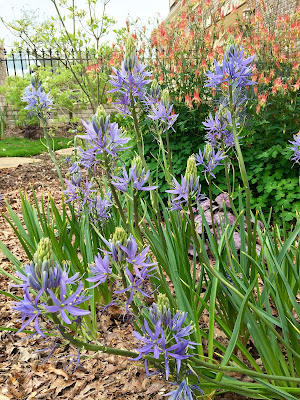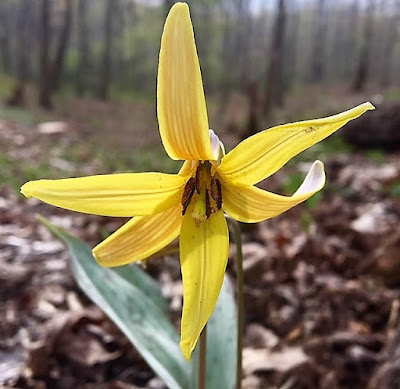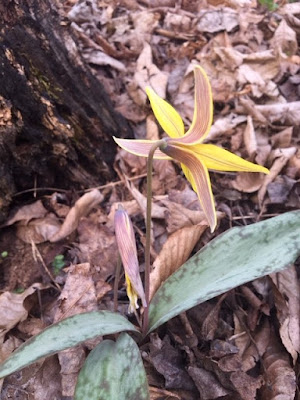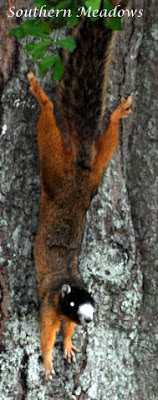Native Bulbs for the Spring Habitat Garden
Now is the time to start thinking about your spring garden. Fall being the best time of year to add plants as the ground temperature is still warm and allows the roots to get founded in their new environment. In the southeast, rain is most abundant during the winter months, which also helps get those plants established. Come spring these shrubs, trees and perennials are ready to emerge and grow strong. As you think about plants to fill those empty spaces in your garden, revitalize flower beds or create a container garden, considered adding bulbs for additional charm.
Mention bulbs and most gardeners typically think of crocuses, hyacinth, daffodils, and/or tulips, but did you know there are several native bulbs worth including in a habitat garden? Native, early blooming flowers add value to your garden ecosystem providing the first nectar sources to many at risk pollinators.
Camassia (Camassia Lindl) are starry shaped, blue flowers that burst open in March. These nectar rich flowers are an important food source for our native bees. Camassia grows best in moist yet well-drained soil in full or part sun. They can also make great container companions for an early spring show.
Pair with columbine (Aquilegia canadensis), creeping phlox (Phlox stolonifera) or shooting star (Primula meadia) for a showy statement or plant near earlier blooming ephemerals for succession planting. This spring bulb is deer resistant but voles may eat them.
Trout Lily (Erythronium umbilicatum) is another March bloomer that prefers the woodland habitat on our property. These spring ephemerals take advantage of the sunlight that hits the forest floor before the canopy trees leaf out.
Their nodding, yellow flowers provide a welcome spark of color against the carpet of brown leaflitter. The foliage is mottled with reddish/purplish brown giving it the common name trout lily. The trout lily miner bee feeds almost exclusively on the nectar of these flowers.
 |
| photo credit: gardenia.net |
The Xerces Society lists this flower as one that creates significant value for native bees. This is another flower that hosts, almost exclusively, a miner bee (spring beauty miner bee). This low growing plant produces roots that look like little potatoes. It spreads by these underground tubers or by seed.
Spring blooming bulbs are best planted in fall so they can get established during the winter months, giving them a good start before the blooming season. Bulb companies are taking orders now for fall shipping and it is my experience that they sell out fast. Get planning, get shopping!






.png)
